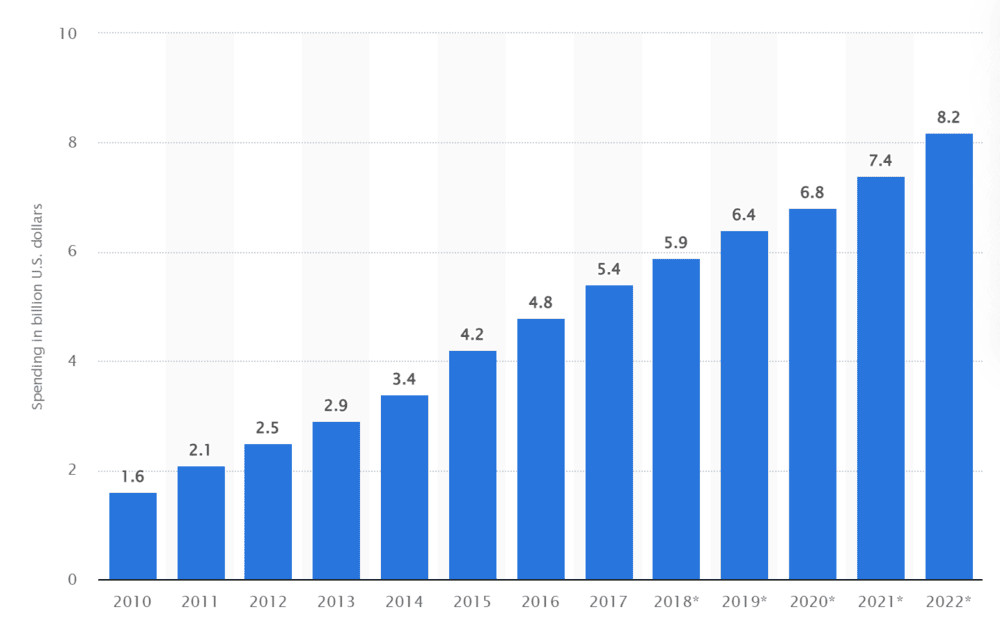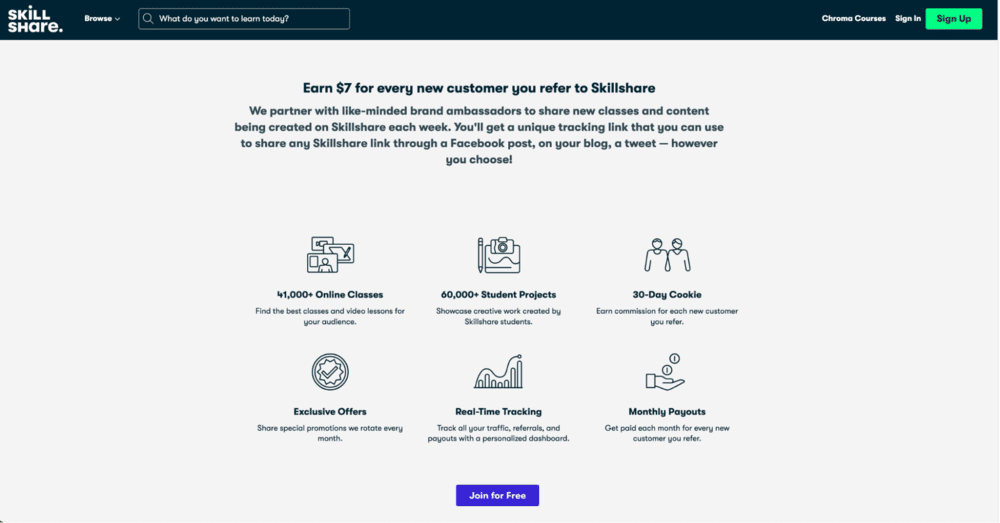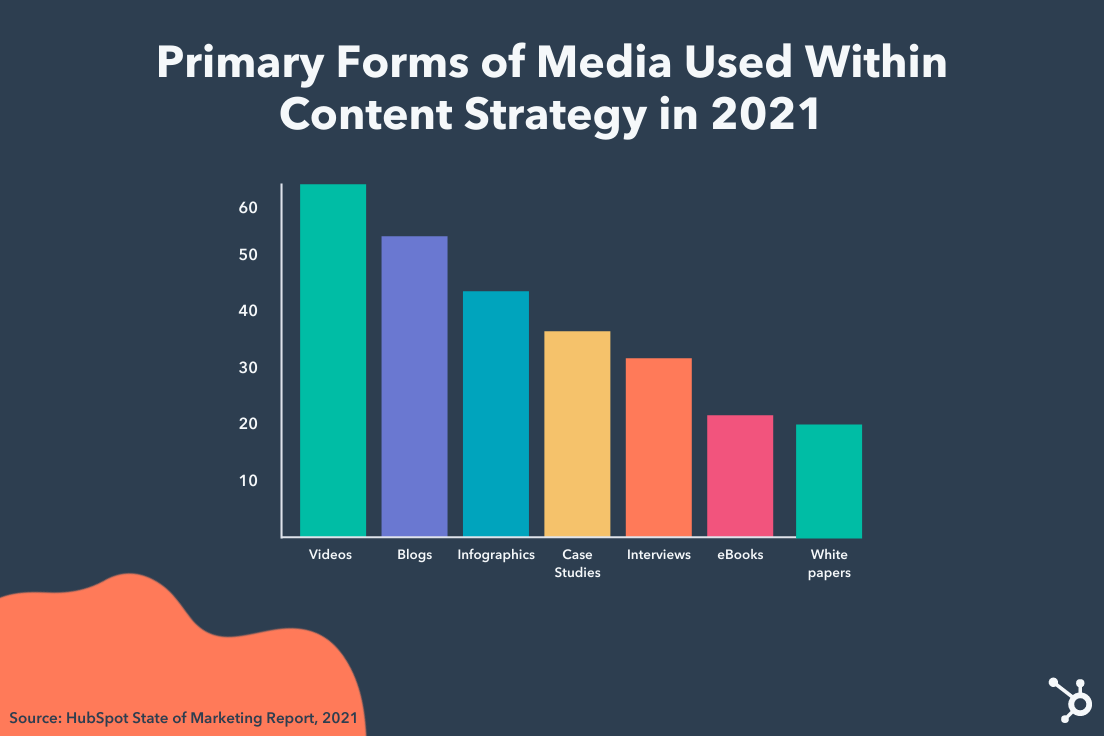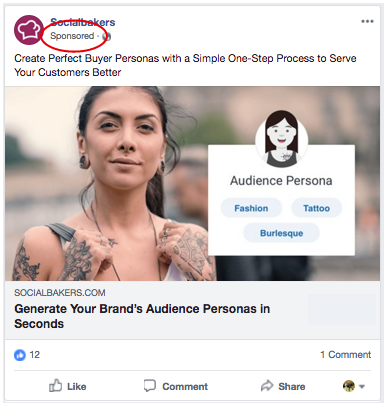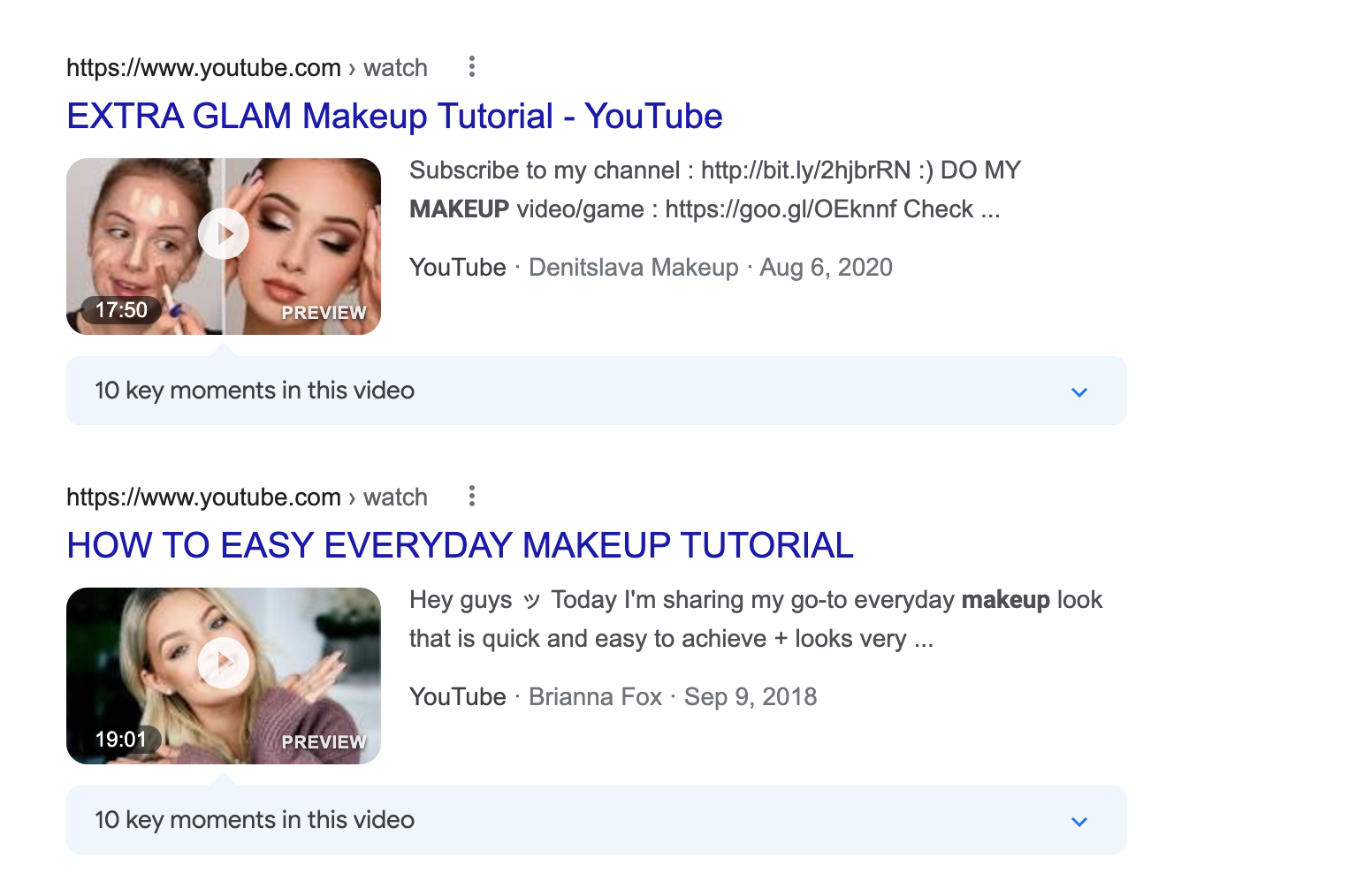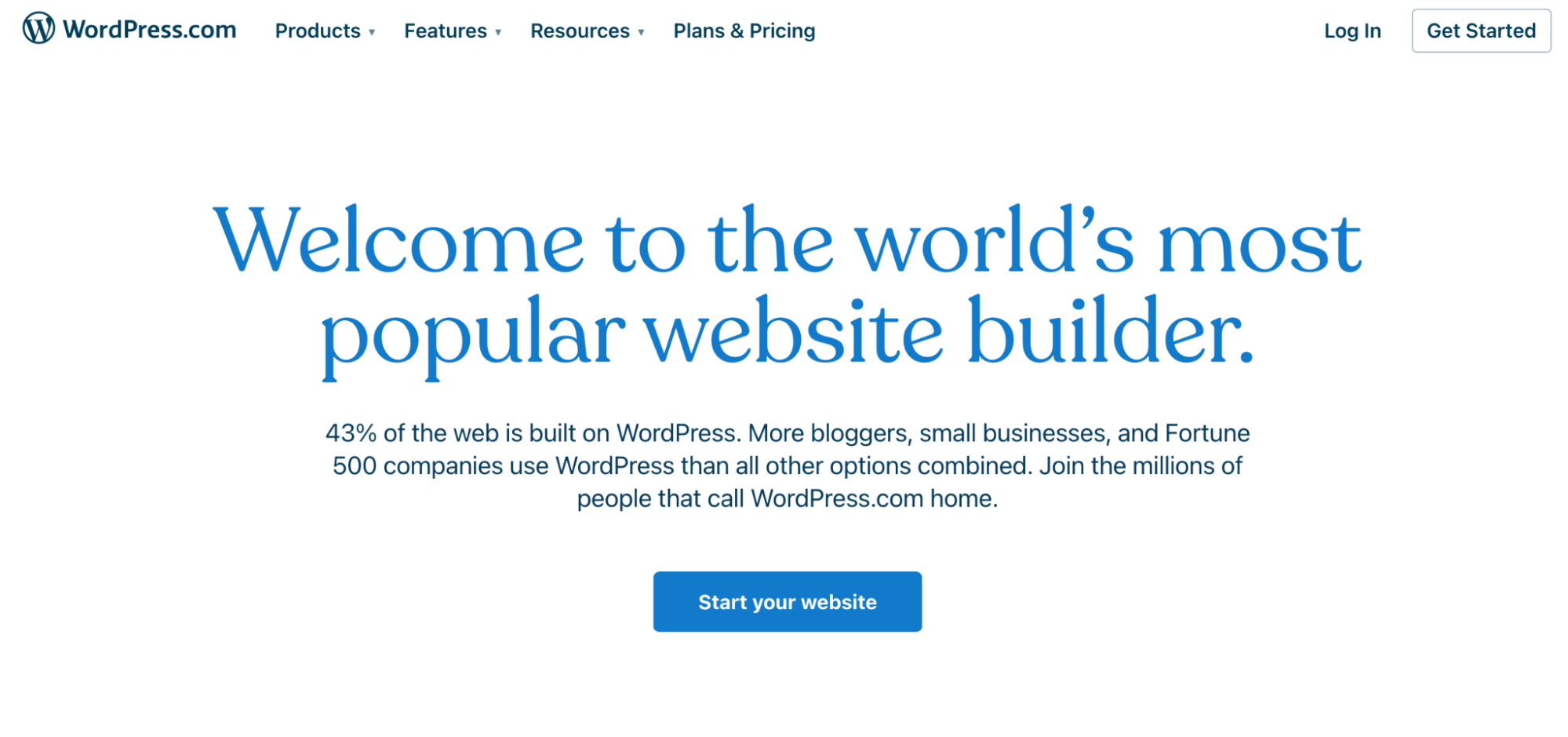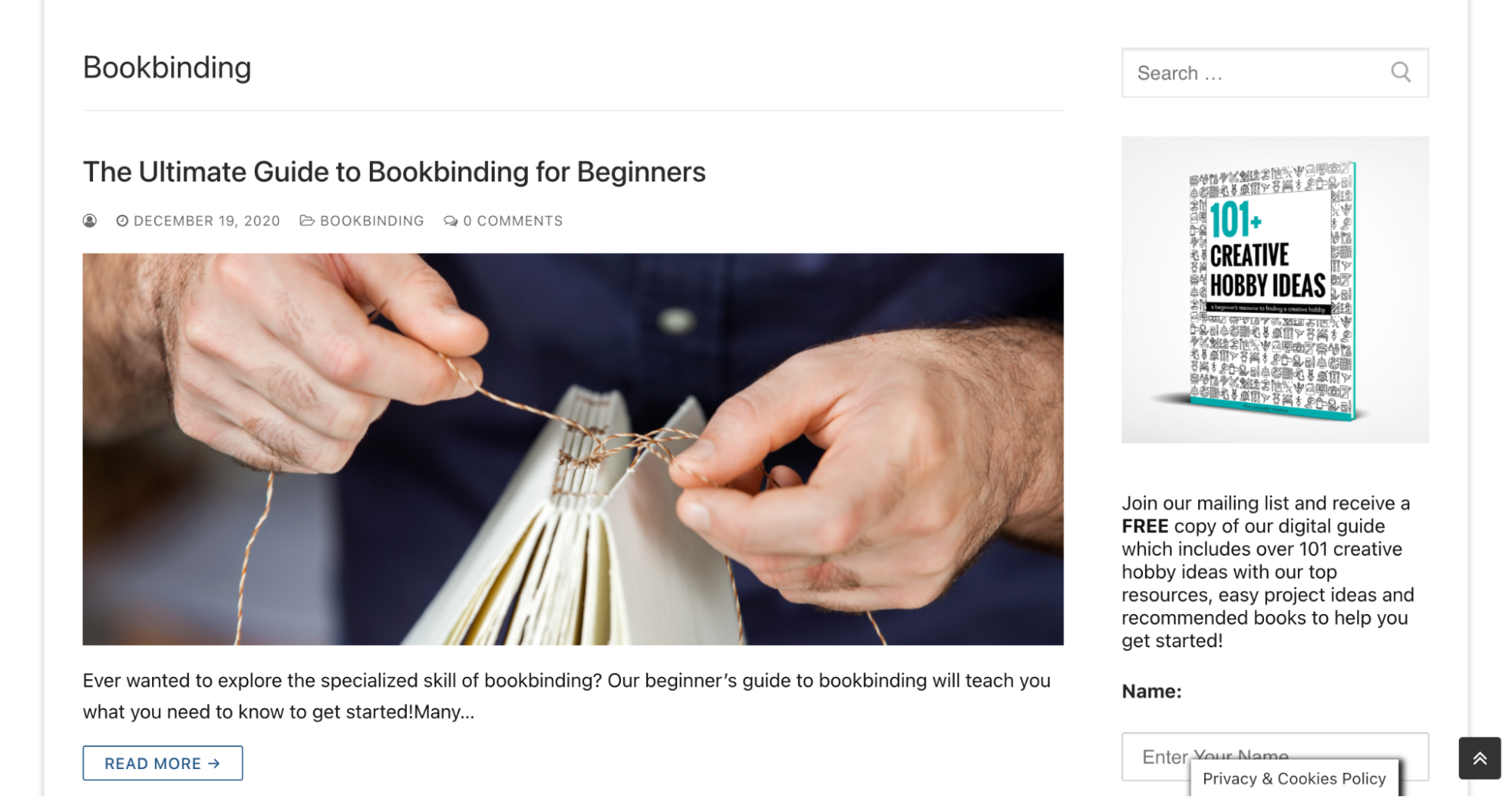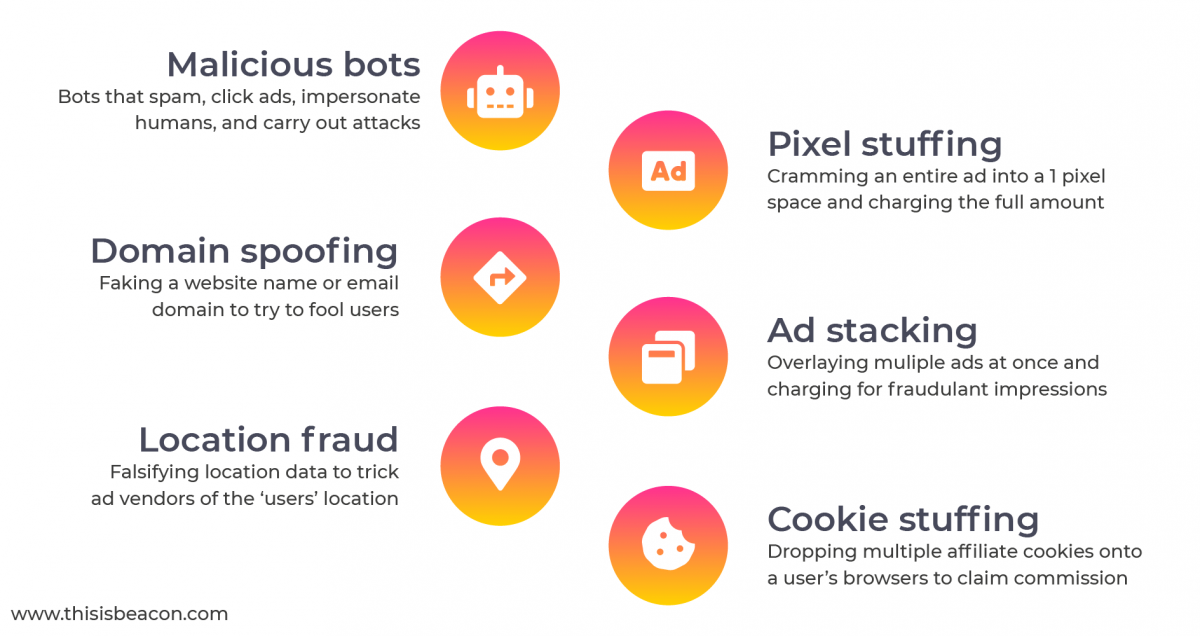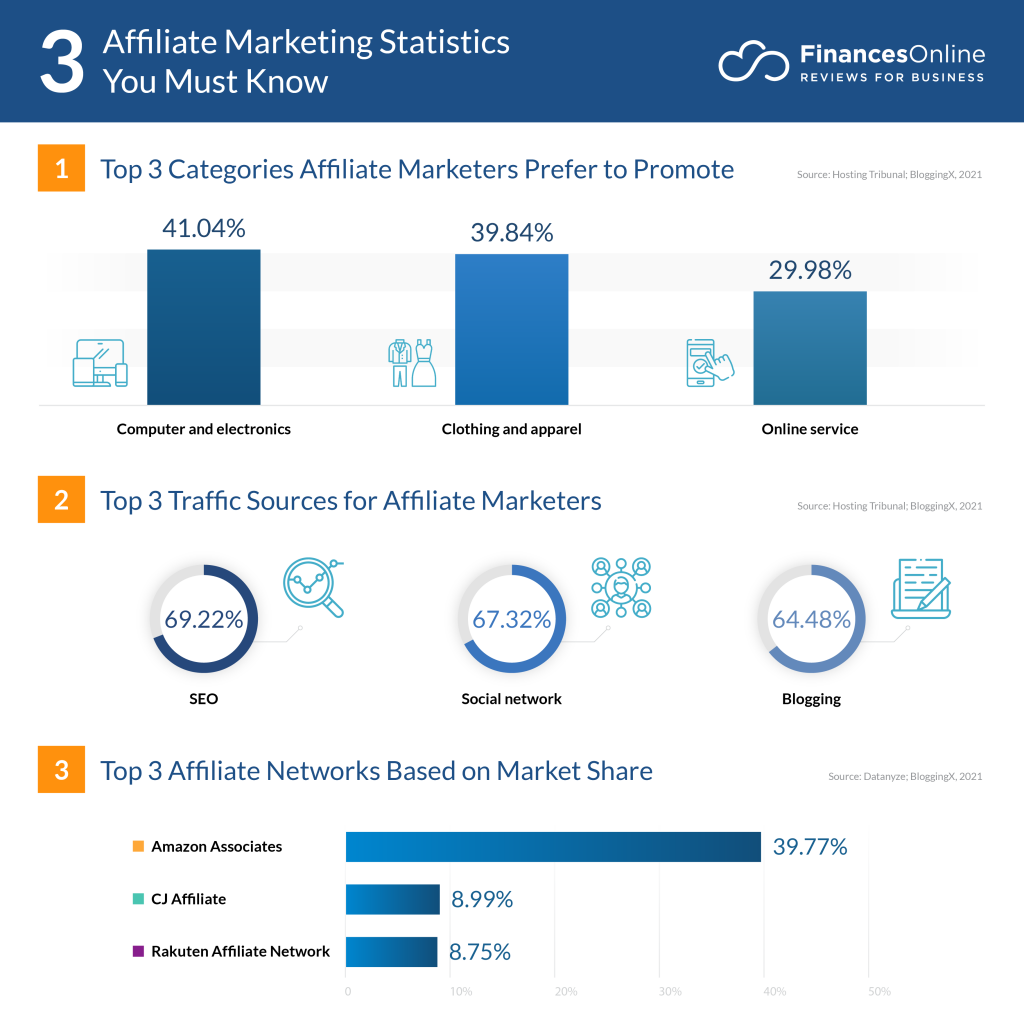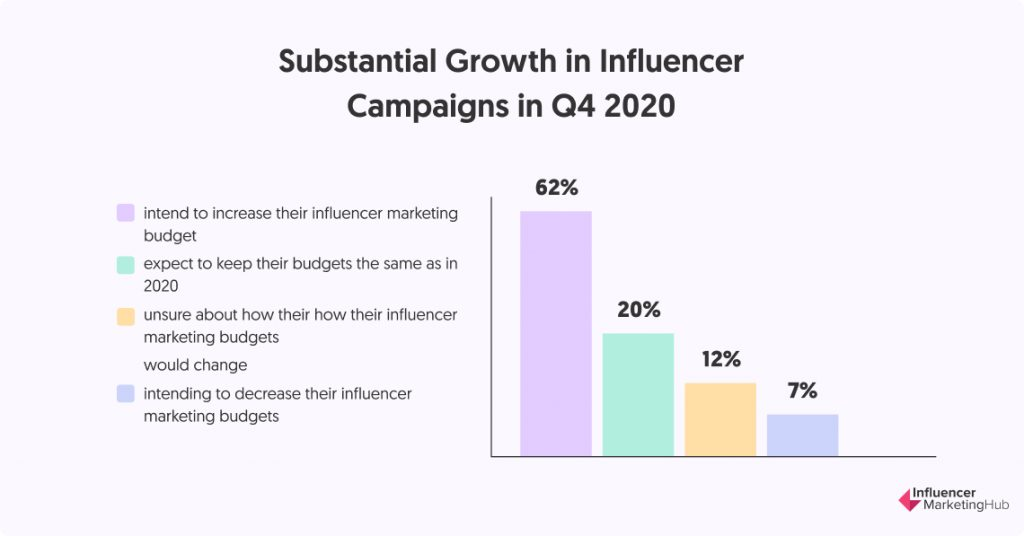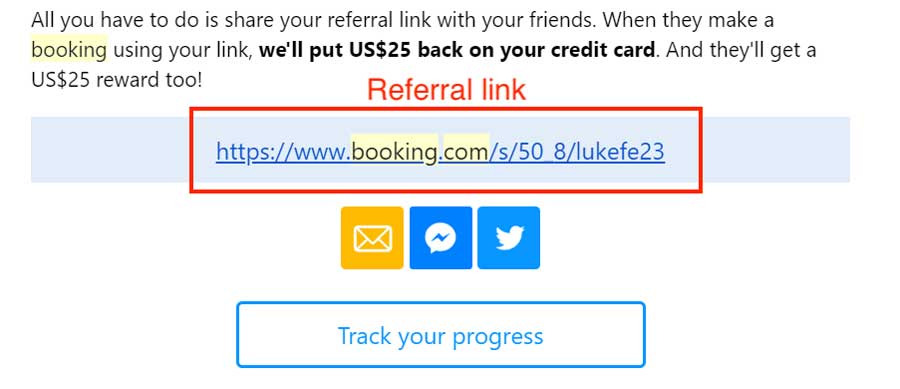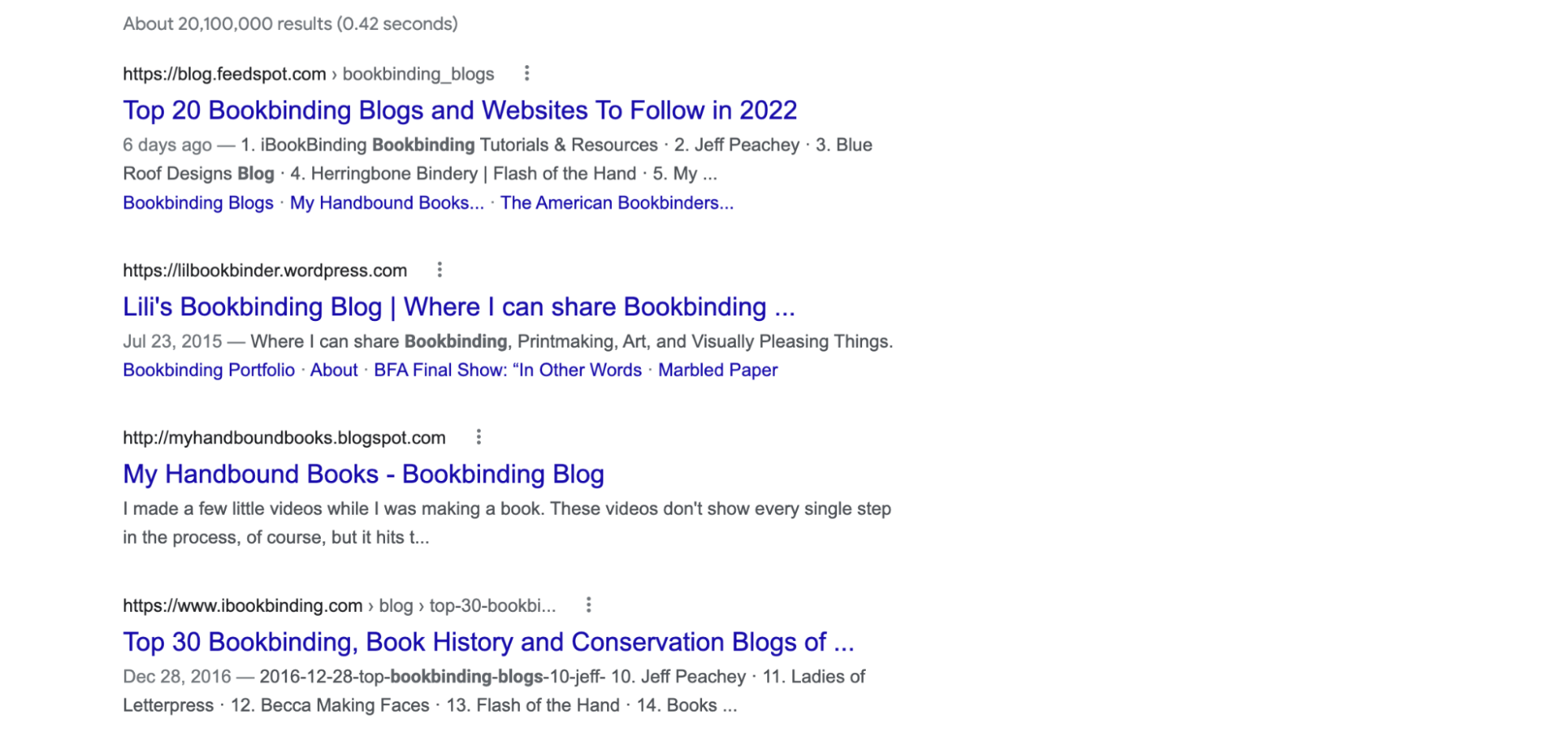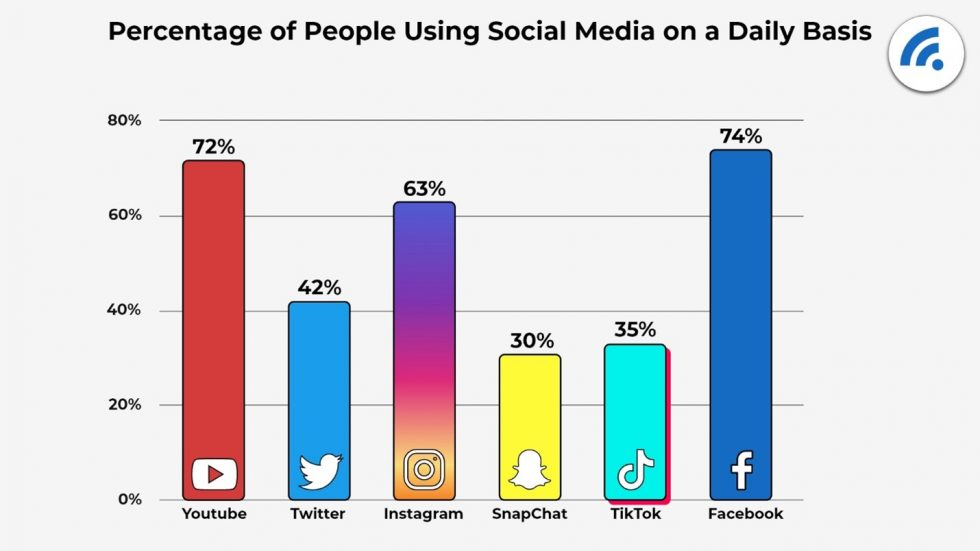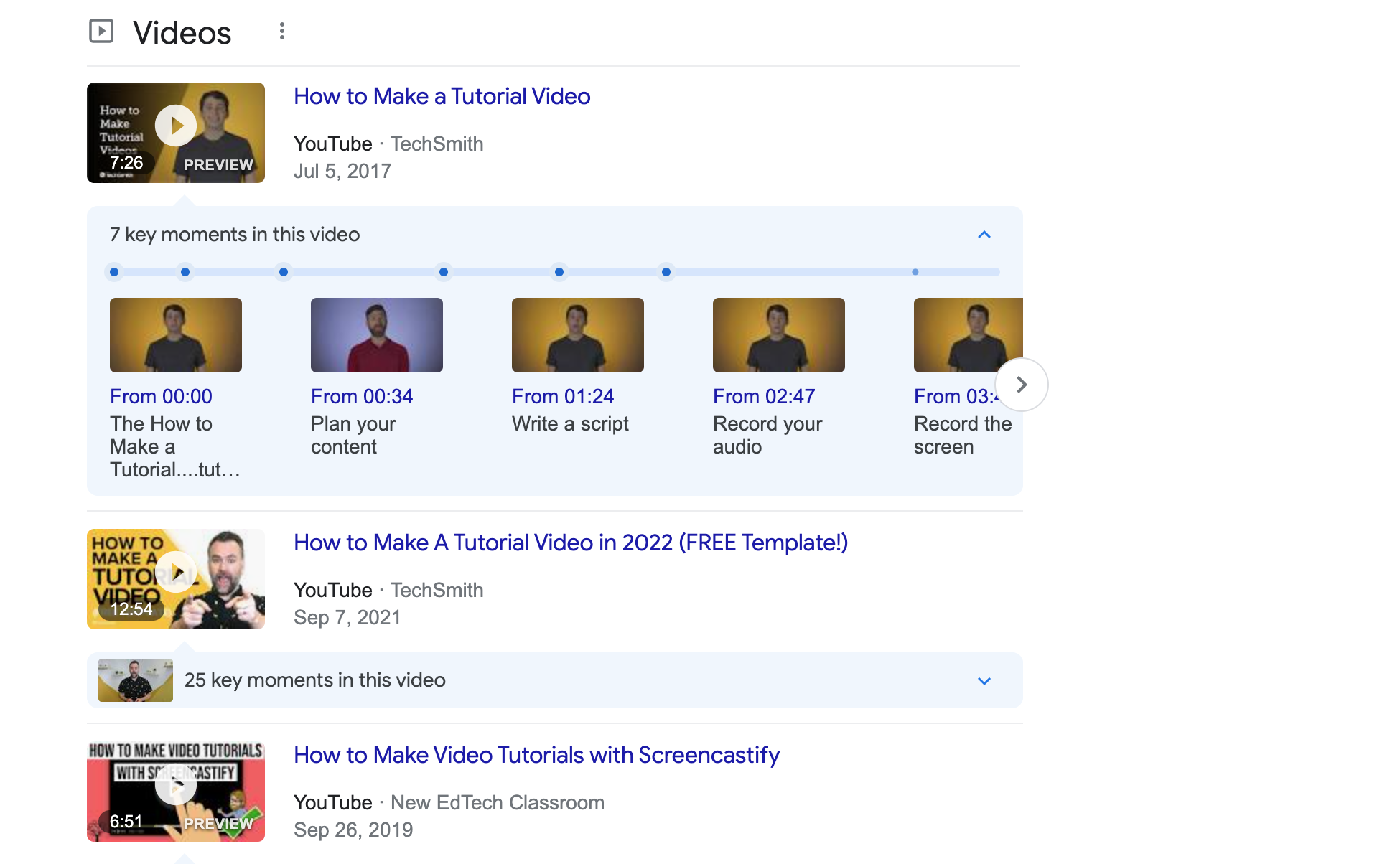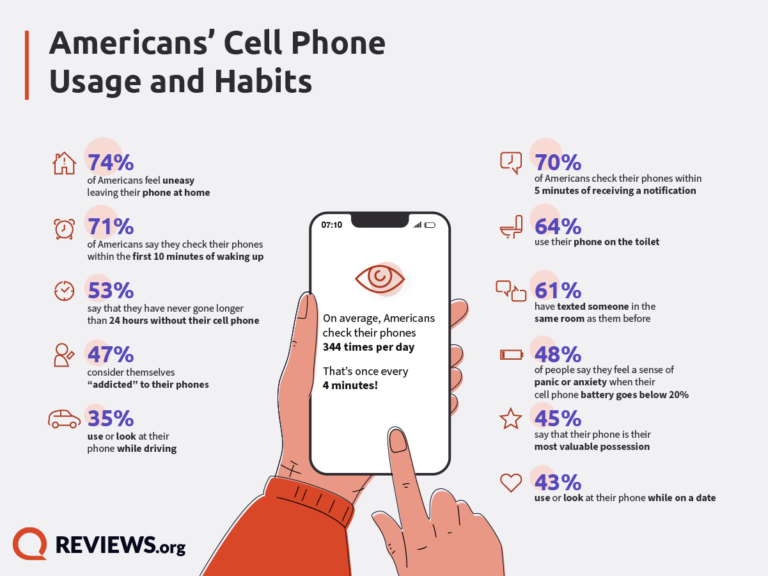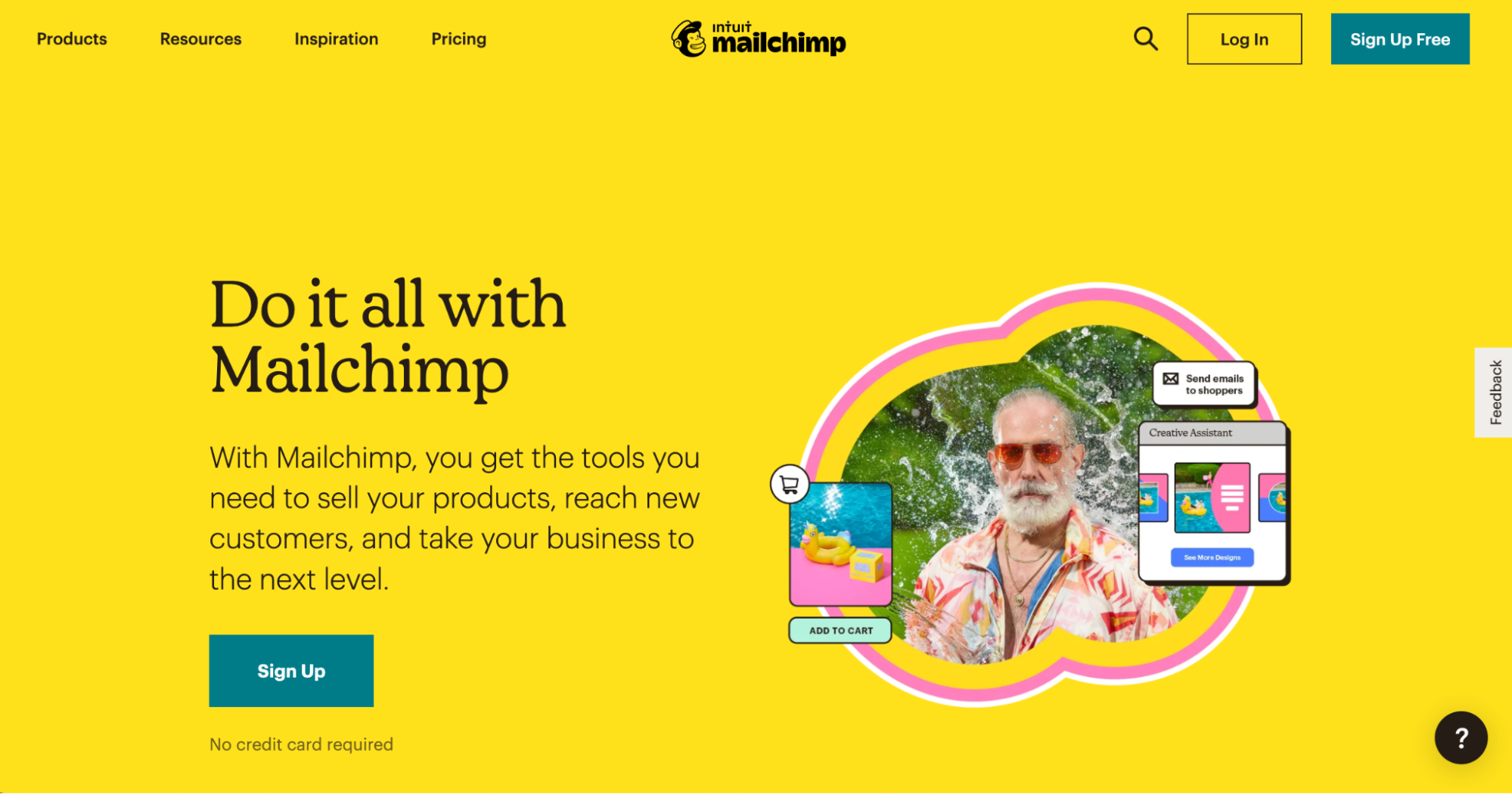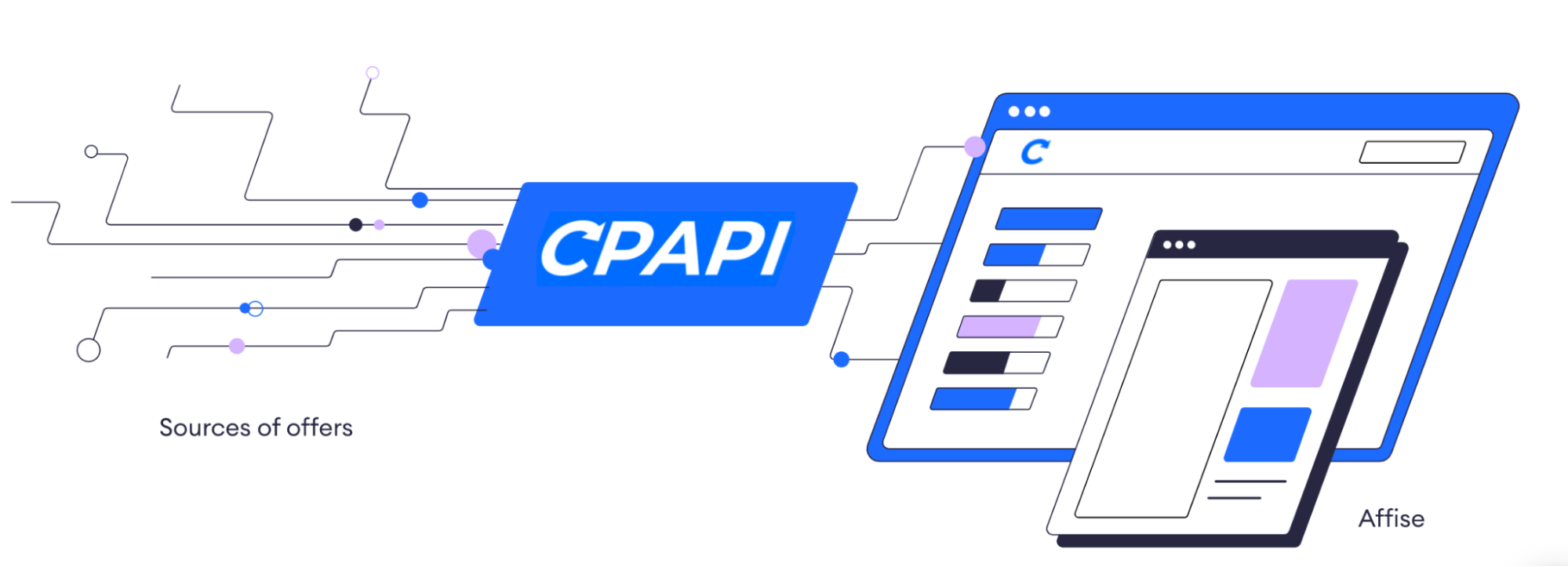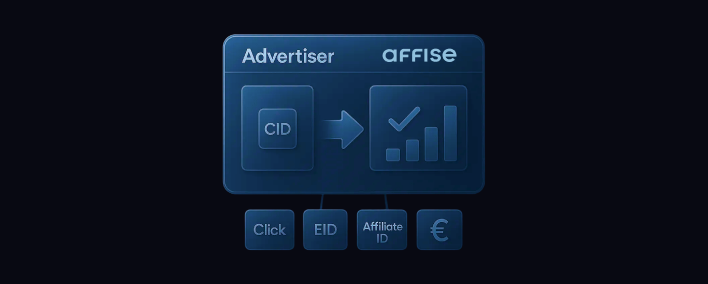Source (fitsmallbusiness.com)
3 Types of affiliate marketing
Believe it or not, there are three types of affiliate marketing that you can try your hand at, each with its own benefits and challenges. Let’s take a look.
Unattached
If you decide to pursue unattached partner marketing, you don’t need to worry about being an expert in a particular field or a niche blogger. Unattached partner marketing usually means that the affiliate has no relationship or connection with the product or service and no related authority on its use or function.
As an unattached affiliate marketer, you would have no duty to advise on the product you’re marketing. So you could market products you have no expertise in, but you may not attract many customers due to your lack of connection to the product.
You’ll most often see unattached marketing in the form of Facebook ads and Google ads. It’s an impersonal way to generate revenue with mixed results. You’re mainly banking on the fact that people may be intrigued by your ad and click through to the product landing page.
If you’ve tried unattached affiliate marketing and you’ve been disappointed with the results, you may want to try your hand at more personal, relationship-building techniques.
Related
In contrast to unattached partner marketing, related partner marketing means the publisher or advertiser has a relationship or connection to the product category. Their influence and relationship to the product category gives them the upper hand when it comes to generating traffic and boosting sales.
However, the related affiliate marketer usually has not used the product or service themself, only similar products. As an authority on the category, they can promote the product but not make any specific recommendations based on their product or service use.
For example, imagine you’re an expert on microwaves, and you’re promoting a microwave you’ve never used before. You may be an expert in that particular brand’s microwaves, so you’re a trusted, related source, but you’ve never used that specific microwave, so you’re not an involved marketer, which we’ll cover next.
Involved
An involved affiliate marketer is someone who has used the product and is confident in recommending it to their audience. They’re a trusted and reliable source because they have used the product and can speak of its performance.
Here’s another way to think about it: imagine you want to purchase a microwave. So you ask for a friend’s opinion on a particular microwave despite the fact they’ve never used it. Would you trust that opinion? Or would you rather buy the microwave they’ve used and loved for years?
We’d all choose the microwave with the trusted review from a trusted source. And this is most likely the partnership marketing you’re most familiar with. You’ll see detailed content marketing for all kinds of products, like make-up, organizational tools, software, and more, with detailed blog posts or videos walking you through the product step-by-step or providing in-depth reviews.
Like these makeup tutorial videos:











